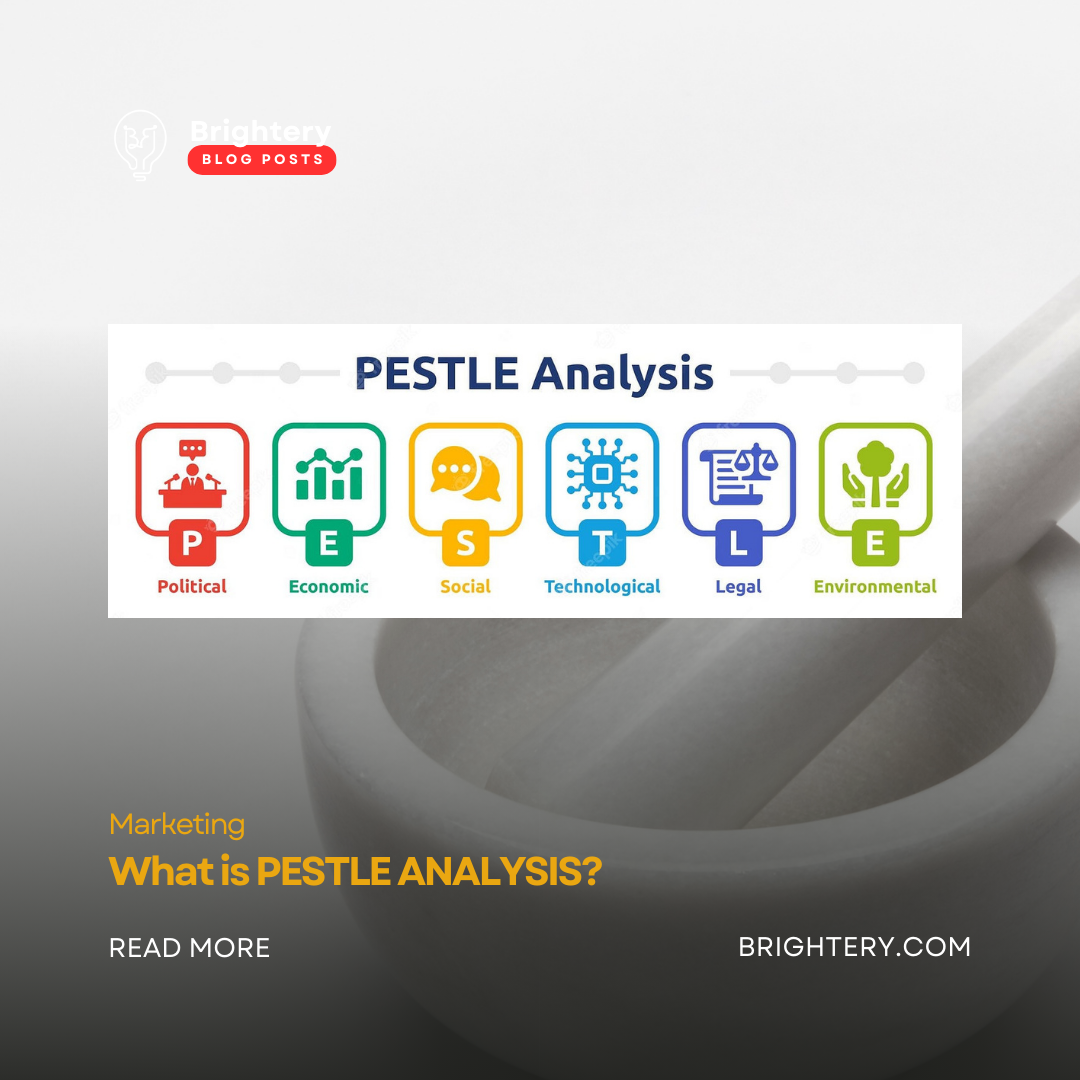A PESTLE analysis is a strategic framework used to evaluate the external environment in which a business operates. It helps organizations understand the macro-environmental factors that can impact their operations, market strategy, and overall success. PESTLE stands for Political, Economic, Social, Technological, Legal, and Environmental factors. Here's a detailed breakdown of each component of the PESTLE analysis:

1. Political Factors
These include government policies, political stability, tax regulations, trade restrictions, and other political conditions that could influence the business environment.
- Government Stability: The stability of the government in the country of operation is crucial for business certainty and planning.
- Regulations and Deregulations: Policies regarding business operations, such as tax policies, labor laws, and trade tariffs, can significantly affect a company's bottom line.
- Trade Agreements and Tariffs: International trade agreements or trade barriers can open new markets or make existing markets more challenging.
- Political Climate: The overall political environment, including factors like corruption, bureaucracy, and government intervention, can impact business operations.
2. Economic Factors
These involve the economic conditions that affect the purchasing power and spending habits of consumers.
- Economic Growth Rate: A high growth rate indicates a thriving economy, which is generally good for business.
- Interest Rates: Higher interest rates can limit investment and spending, while lower rates can stimulate growth.
- Inflation Rates: High inflation can erode purchasing power and affect pricing strategies.
- Unemployment Rates: High unemployment can reduce consumer spending, while low unemployment may increase wage costs.
- Currency Exchange Rates: Fluctuations in exchange rates can affect profitability, especially for companies that operate internationally.
3. Social Factors
These factors focus on the demographic and cultural aspects of the market that can influence consumer needs and the size of potential markets.
- Demographics: Age, gender, income level, and education of the population can influence market demand.
- Cultural Trends: Social norms, lifestyle changes, and consumer behavior trends can dictate product offerings and marketing strategies.
- Health Consciousness: A growing focus on health and wellness can affect industries such as food, beverage, and healthcare.
- Population Growth Rate: Increasing or decreasing population sizes can impact the availability of labor and potential market size.
4. Technological Factors
These pertain to innovations in technology that can affect the operations of the industry and the market favorability.
- Research and Development: Investments in R&D can lead to new product innovations and improved efficiencies.
- Automation: The rise of automation can improve production efficiency but may also lead to job displacement.
- Technological Advancements: Advances in technology can open up new markets or create competitive advantages.
- Digital Transformation: The shift towards digital business models, such as e-commerce and digital marketing, impacts many industries.
5. Legal Factors
These include the laws and regulations that affect the business environment.
- Employment Laws: Labor laws regarding wages, working conditions, and employee rights can affect business operations.
- Consumer Protection Laws: Regulations to protect consumers, such as product safety and advertising standards, must be adhered to.
- Health and Safety Regulations: Businesses must comply with regulations that ensure the safety and well-being of employees and customers.
- Intellectual Property Laws: Protecting patents, trademarks, and copyrights is crucial for safeguarding innovations.
6. Environmental Factors
These refer to the ecological and environmental aspects that can affect business operations and consumer demand.
- Climate Change: Companies may need to adapt to changes in climate or face increased regulatory scrutiny on their environmental impact.
- Sustainability: Growing consumer demand for sustainable and eco-friendly products can shape market opportunities.
- Environmental Regulations: Compliance with regulations related to waste management, emissions, and resource use is necessary to avoid fines and reputational damage.
- Natural Disasters: Events like hurricanes, floods, and earthquakes can disrupt supply chains and impact operations.
Conclusion
PESTLE analysis is a valuable tool for businesses to assess the external factors that can influence their operations and strategy. By understanding these factors, companies can better navigate challenges, seize opportunities, and make informed decisions to stay competitive in their market.
FAQs
Why is PESTLE analysis important for businesses?
- PESTLE analysis helps businesses understand the broader external factors that could impact their operations, allowing them to develop strategies to mitigate risks and capitalize on opportunities.
How often should a company conduct a PESTLE analysis?
- A PESTLE analysis should be conducted regularly, especially when entering new markets, launching new products, or when there are significant changes in the external environment.
Can PESTLE analysis be used for any type of business?
- Yes, PESTLE analysis is versatile and can be applied to any industry or business, regardless of size or sector.
What is the difference between SWOT and PESTLE analysis?
- SWOT analysis focuses on internal strengths, weaknesses, and external opportunities and threats, while PESTLE analysis specifically examines external macro-environmental factors.
How does PESTLE analysis help in strategic planning?
- By understanding the external factors that can impact a business, PESTLE analysis aids in strategic planning by helping companies align their strategies with the external environment.

0 Comments
Post your comment